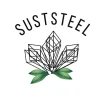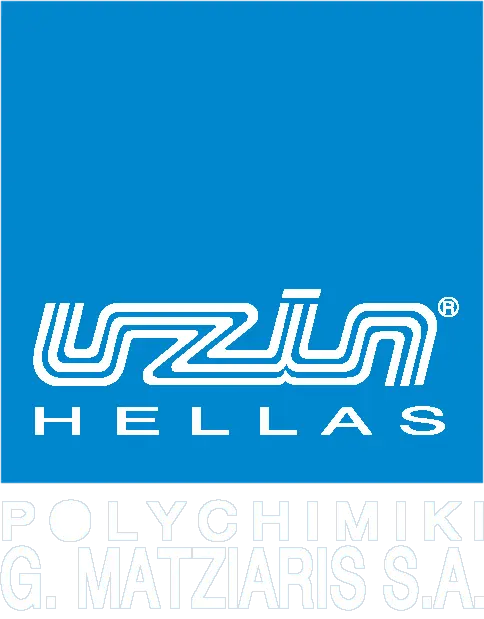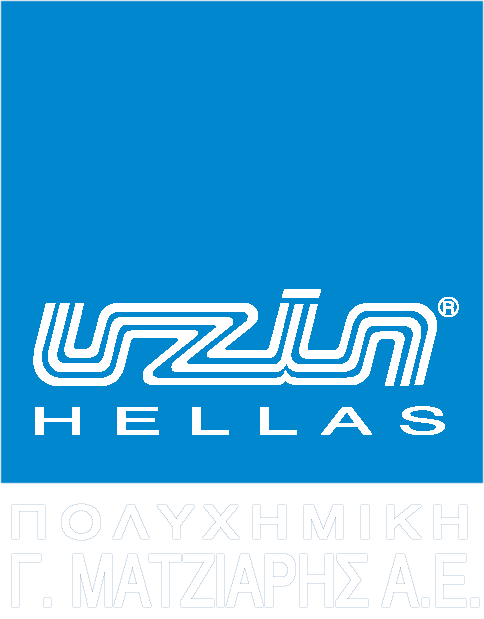LABELLING AND HANDLING REQUIREMENTS FOR CHEMICAL PRODUCTS
To protect the installer and the end user
REGULATION CLP (EU) 1272/2008
Chemical products that contain hazardous components are labelled with hazard warnings and safety measures (H and P sets), as well as the accompanying pictograms.
The globally harmonized system for classification and labelling of chemicals (GHS) was implemented in Europe by the CLP regulation (Classification, Labelling, and Packaging). This clarifies how chemicals substances and mixtures are to be labelled. The hazard identification alerts the user to the fact that the product possible health hazards; at the same time, they provide recommendations for the safe handling of the product.
REGULATION (EU) 1907/2006 EC REACH, APPENDIX ΧVII
The requirements for “replacement substance(s), replacement procedures, and restrictions on use of chromate-based cements and chromate-cement-based formulas” originally regulated in TRGS 613 were transferred to Appendix XVII of the REACH regulation in 2009, and appear there under the entry No. 47.
This standardises the use of low-chromate cements and cement products. According to this, the use of non-low-chromate products is prohibited. The background is that cement and cement-based products with humidity have strong alkaline reactions (alkaline effect). Contact with skin or eyes can cause irritation or chemical burns. Portland cements can also contain traces of soluble chromate (VI) salts. This chromate is considered a trigger for certain skin allergies, the so-called “bricklayer’s itch”.
Cements and cement-based products have been divided into the following 2 categories in TRGS 613:
- low-chromate:
<= 2 ppm soluble chromate (→ GISCODE ZP 1 label)
- non-low-chromate:
>2 ppm soluble chromate
Through our monitoring in quality assurance, we ensure that all cementitious Uzin products always adhere to the specifications from the REACH regulation. They carry the notation “low-chromate as per directive EU-VO 1907/2006 (REACH) – GISCODE ZP 1.”
REACTION RESINS
Practically all reaction resins, such as polyurethanes and epoxy resins, are hazardous substances. Unlike solvent-based products, however, solvent-free reaction resin products can generally be processed with perfectly normal ventilation in the work rooms without exceeding the air threshold limit, based on today’s level of knowledge. It is true that reaction resin components can cause sensitisation or allergies in particularly sensitive people if carelessly handled. This is true of both components in epoxy resins, and only true of hardener components in polyurethanes. Skin and eye contact with fluid reaction resins that have not yet cured should thus be avoided, and the information on work safety and suitable personal protective equipment in the safety data sheet should be observed. Processing epoxy resins and polyurethane products requires wearing protective gloves and impermeable sealed goggles at the very least, and in special cases, additional protective clothing may be required as well. Using skin protection cream is also advisable to supplement protection of the skin.
Attention: From 24 August 2023, all users of polyurethane (PUR) products must complete training on the continued safe use of the products prior to application. Find further information here.
With respect to work safety, silane-based reaction resin products that require less or even no labelling constitute a user-friendly alternative. These products carry the GISCODE RS 10.
Separate from our labelling, this applies to all reaction resin products as a matter of principle:
Reaction resins are completely harmless in their dried condition, and then they even meet the EMICODE EC 1 or EC 1 PLUS classification in many cases. This means that once they have been cured, they release practically no relevant amounts of volatile (harmful) substances into the room air and can thus be used in living areas with no risk at all.




